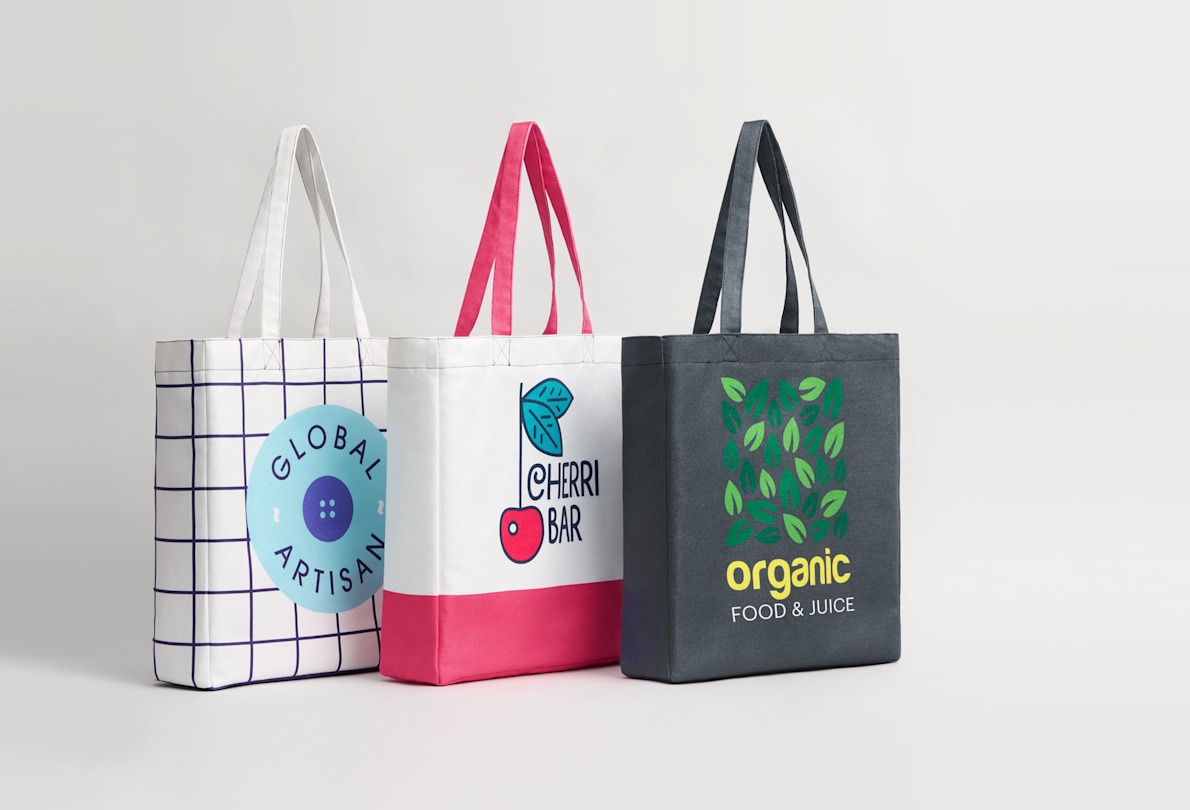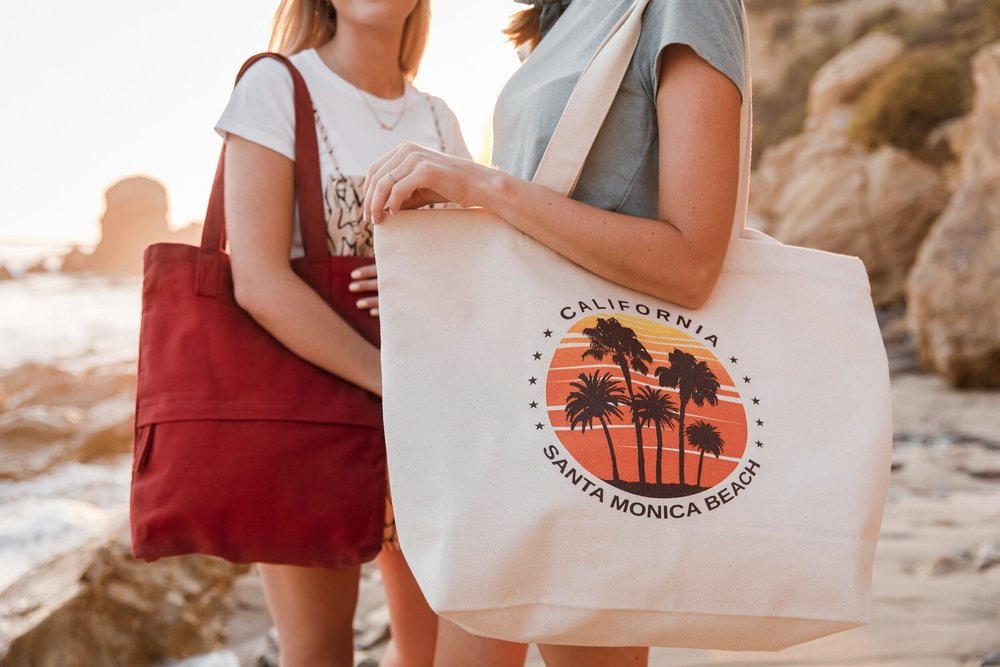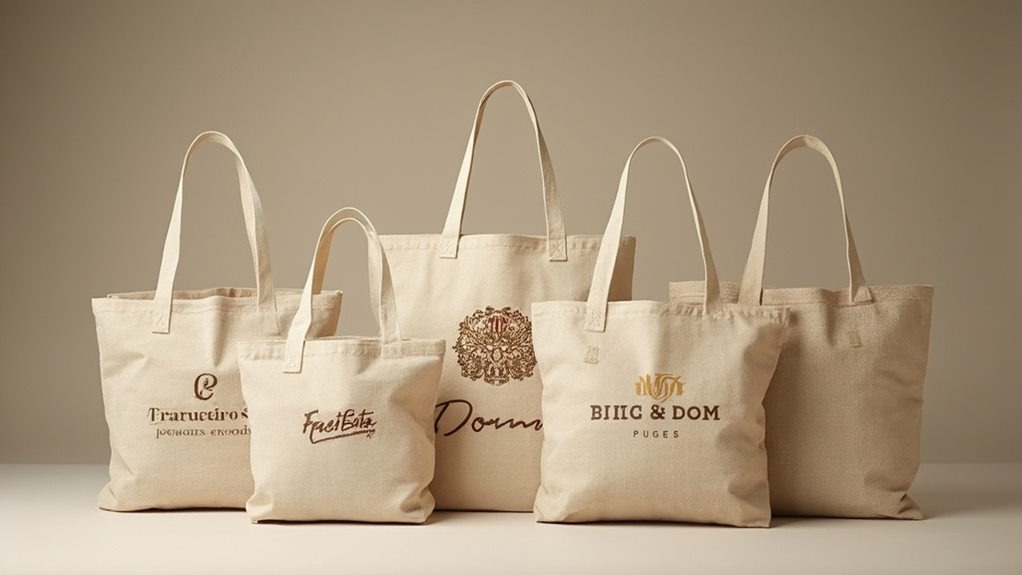Corporate Giveaways: How to Create an Eye-Catching Design for Promotional Cups
Making reasonably priced quality goods is an art. Many small enterprises and larger companies aim to provide cheap customizable tote bags that wow consumers. Every bag has to resist wear and tear, provide clear branding choices, and look good even after several washings. Manufacturers and marketers argue with maintaining cheap manufacturing costs while yet reaching a degree of quality that generates consumer interest.

Usually, the main decision comes on material choice. Still classics are canvas and cotton. These materials offer printing a clean surface and durability. Choosing high-grade materials is crucial even if budgets have to be controlled. Many times, suppliers offer several kinds of cloth choices with varied price ranges and durability. There are certain sources of long-lasting, environmentally friendly recycled fibers. Testing a small batch could find which material, after it satisfies daily usage criteria, keeps colors and texture most naturally. A cheap bag made of low-quality cloth will not present good brand reflection.
Regarding the content, the printing technique is quite important for the result. To print graphics on tote bags, several manufacturing processes are at hand. One quite common technique is screen printing. The technique generates striking, vivid designs by spreading ink using a stenciled frame. If you intend to print lots of bags with the same design, this approach is rather affordable. Although the first setup cost could be significant, printing several bags at once drastically reduces the cost per unit. Digital means have also become rather popular. Digital printing gives quick turnaround and versatility. It lets little color and design changes without adding much more expenses.
Heat transfer printing is still another printing technique. Using a heat press, this method applies a specific type of ink to cloth. On a matte background, it can occasionally provide the image a shiny finish that distinguishes itself. Its speed and range of color reproduction make it advantageous even if its lifetime might not be as good as that of screen printing. Many times, business owners weigh these advantages and disadvantages closely. While big orders could favor another to sustain economy of production, small orders sometimes profit from one approach.

Another element that comes back around to quality control is ink choice. Each of the water-based, discharge inks plastisol yields unique finishes. Plastisol does nicely on dark textiles and offers vivid, opaque colors. Water-based inks combine somewhat with the texture of the material to produce a softer look. To get a realistic, aged effect, discharge inks remove dye from the fabric. Every kind of ink has distinct cost and lifetime. Comprehensive study enables you to choose which one best meets the operational and visual demands of your brand. Small run experiments of each can reveal information that guides improved decisions in next bulk manufacturing.
Clear contact with your print provider is absolutely essential before the production start. Many times, projects go more smoothly when both sides know the expectations and production technique. Look at a portfolio of completed items or request samples. One gold mine of useful guidance is learning about the experiences of other clients. One proprietor of a company previously related a tale of getting a sample batch just one week before a significant trade exhibition. There was time to correct mistakes saving an expensive, faulty order. Many vendors who deal directly with smaller orders provide flexibility, which can be quite helpful for controlling manufacturing quality and timeframes.
Never should quality control be a last consideration. Frequent product checks identify early on any issues. Examining products at several phases of manufacture could be wise. A quality check done shortly after printing, for instance, could find ink runs or mismatched designs. Early on identification saves money and time. Regular inspections both during and following the printing process help to maintain the final output at high standards. Reducing returns and customer complaints helps to pay for an investment in the brand's reputation.
As production increases, practical advice becomes quite useful. Starting with a limited production run is one easy way. Prototypes and gifts let you test the bags on the actual market. Customer comments allow one to identify small problems that can go unnoticed throughout manufacturing. Without compromising the whole order, a cautious trial run lets you determine whether any changes are required. Early on, good communication with the print vendor is crucial.
Factors related to budgets never vanish during manufacturing. As wise is asking several quotes. Different providers have different pricing strategies, hence a little variation in setup fees can result in big savings across several orders. While some print shops offer discounts on large orders, others demand a premium for hurried jobs. Many times, small firms discover that the additional time spent evaluating offers long-term savings. Production schedules combined with thorough cost analysis provide a clear picture of where expenses might be reduced without compromising quality.
Additionally important in the final presentation of tote bags is artwork. Printing high-contrast images on cloth will help to enhance visibility. Before printing starts, digital design tools let you tinker with colors and layout. One designer, for a collection of tote bags suited for a young event, preferred a strong, cartoonish style. She showed in one lesson how to create a vibrant, energetic tote bag from drawings on paper. Simple and attractive designs appeal to a broad audience free from taste complications.

There is no compromising of elegance in cost control. Many suppliers make investments in modern printing machines that provide excellent quality at reduced cost. Working with seasoned vendors who understand how to strike a mix between cost and quality is the key. These experts lead you through the manufacturing process and provide ideas on color contrasts, print durability, and artwork. A seasoned provider might suggest a multi-step print method that, by cutting waste, over time saves money. In one instance, a company cut returns by 20% following a supplier change that provided these insights.
By means of quality inspections, appropriate printing techniques, and premium materials, one can provide impressive tote bags without compromising budgets. Final costs also depend on supply chain methods. For instance, working with nearby print shops could help to reduce occasionally related transportation expenses and delays resulting from far-off production centers. Local production sometimes results in speedier response times should modifications based on customer comments call for them. Although buying abroad can be cost-effective, occasionally communication problems cause manufacturing mistakes.



